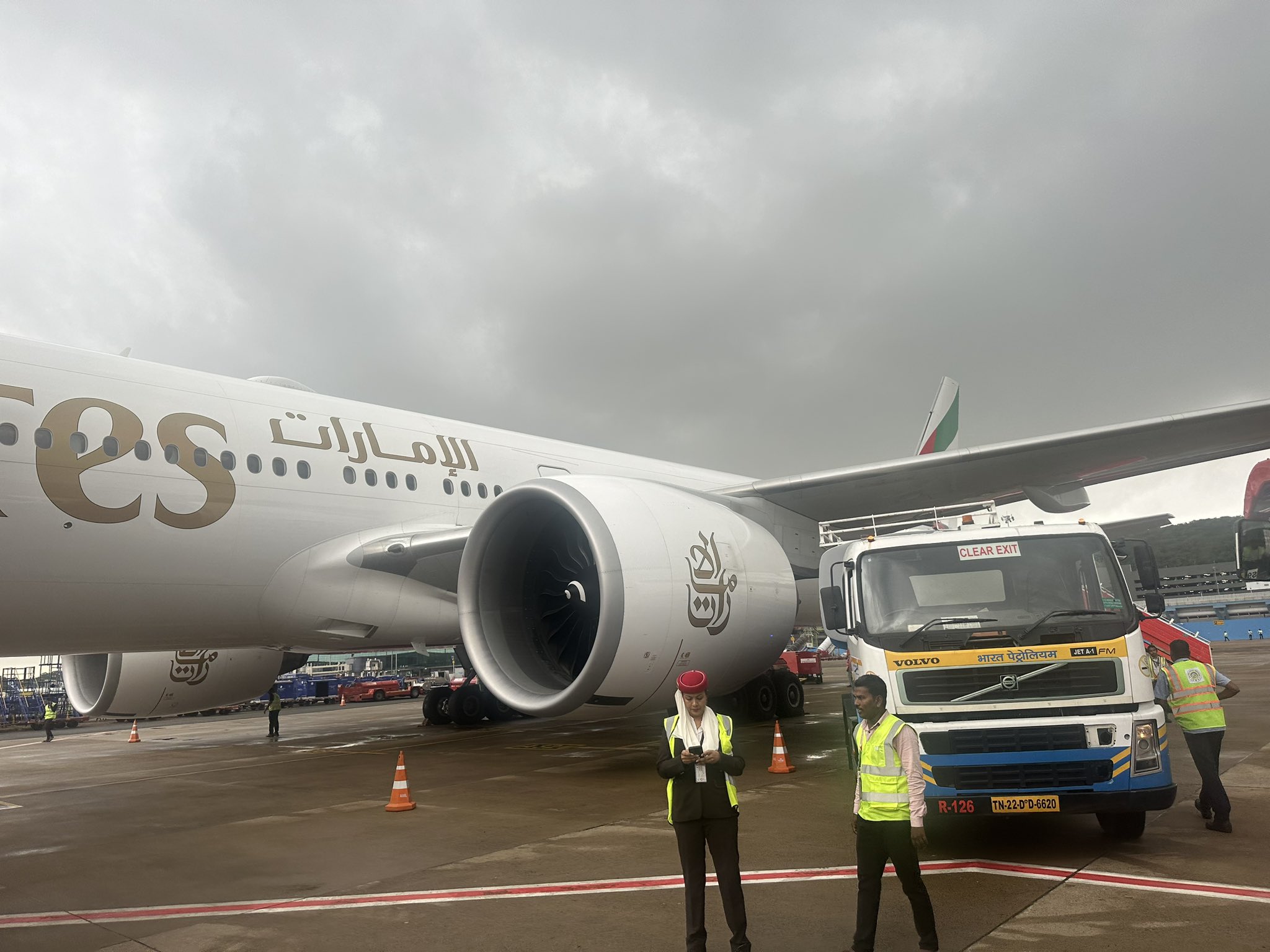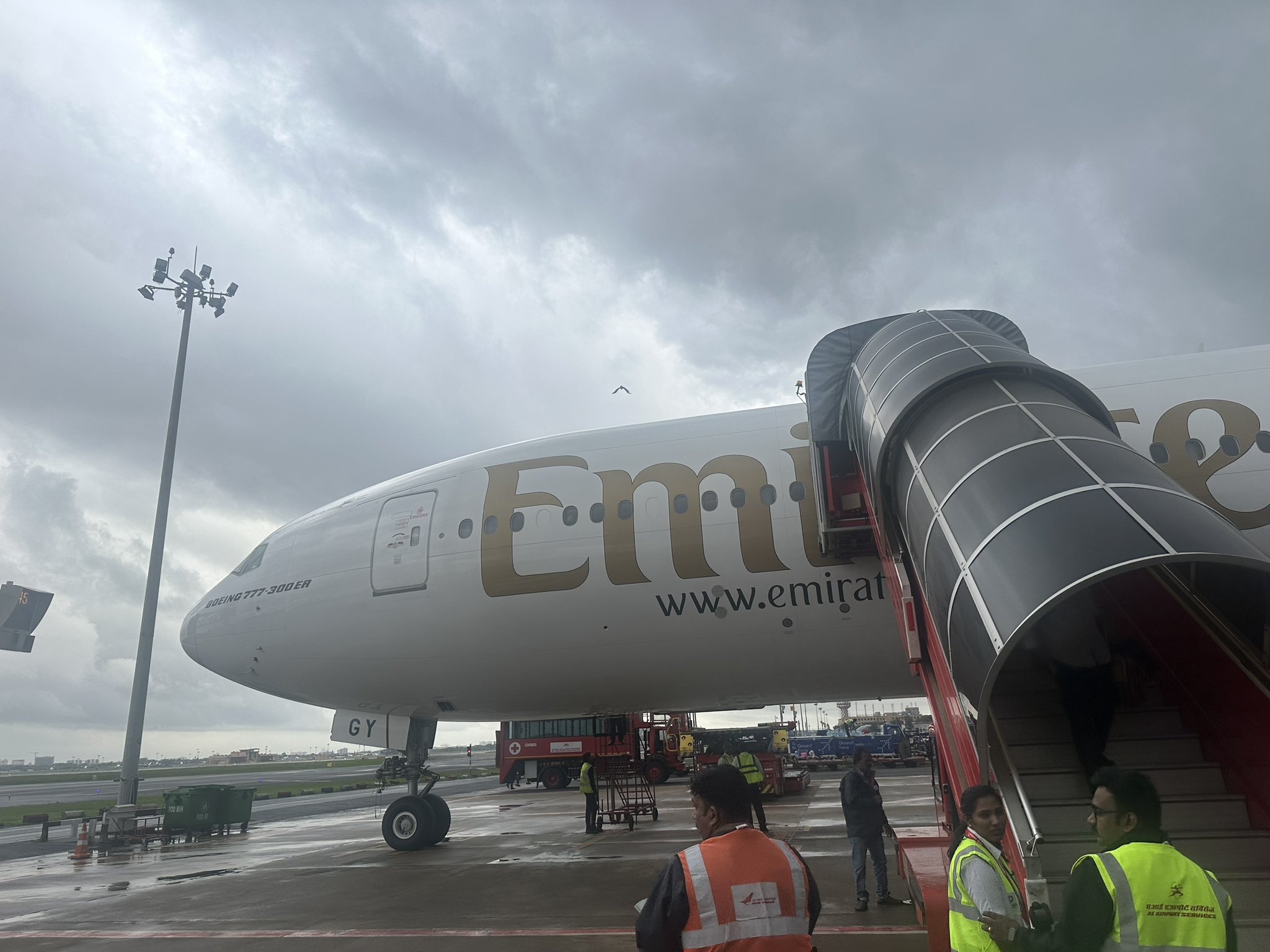
Aviation experts and investigators are piecing together the possible causes behind the tragic crash of Air India flight AI-171, a Boeing 787-8 Dreamliner, which went down minutes after takeoff from Ahmedabad en route to London Gatwick, resulting in over 200 fatalities and marking the worst aviation disaster in a decade.
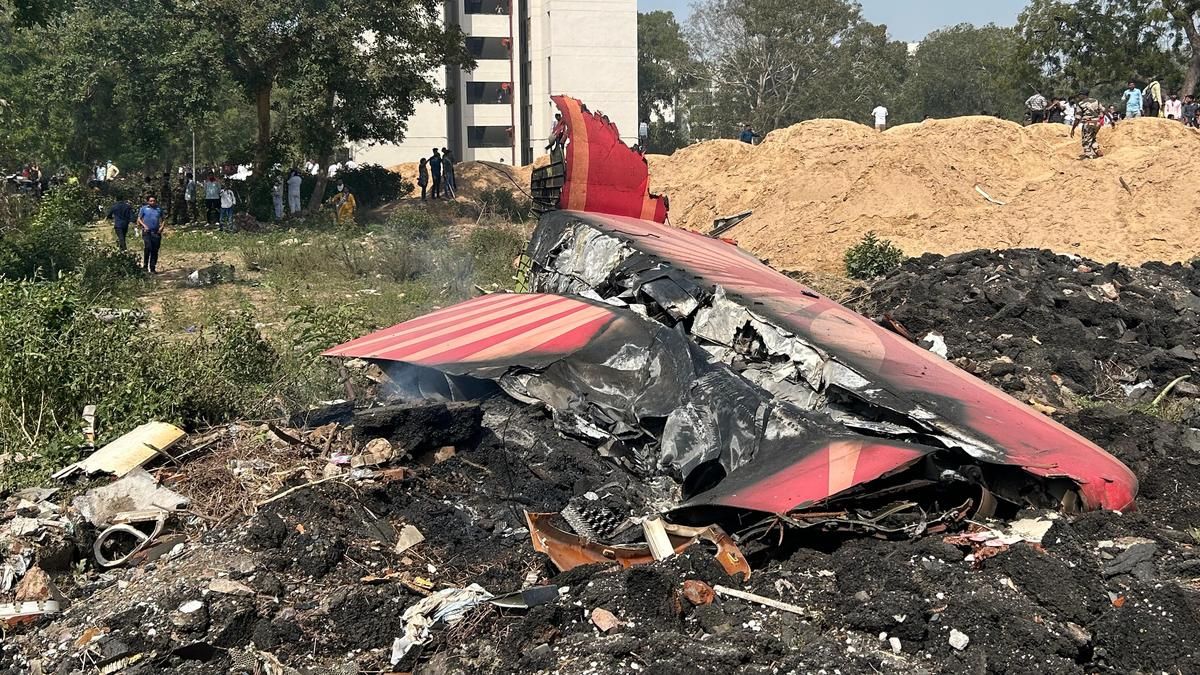
The aircraft, carrying 242 people—including 230 passengers and 12 crew—crashed at an altitude of just 625 feet, with video footage and eyewitness accounts indicating that the plane struggled to gain altitude, failed to achieve sufficient lift, and descended rapidly before exploding on impact.

Initial analysis by commercial pilots and aviation analysts has highlighted several anomalies observed in the moments leading up to the crash. Notably, the plane’s landing gear remained down longer than usual after takeoff, and the wing flaps did not appear to be set in the correct position for takeoff, both of which are critical for generating the necessary lift at low speeds.
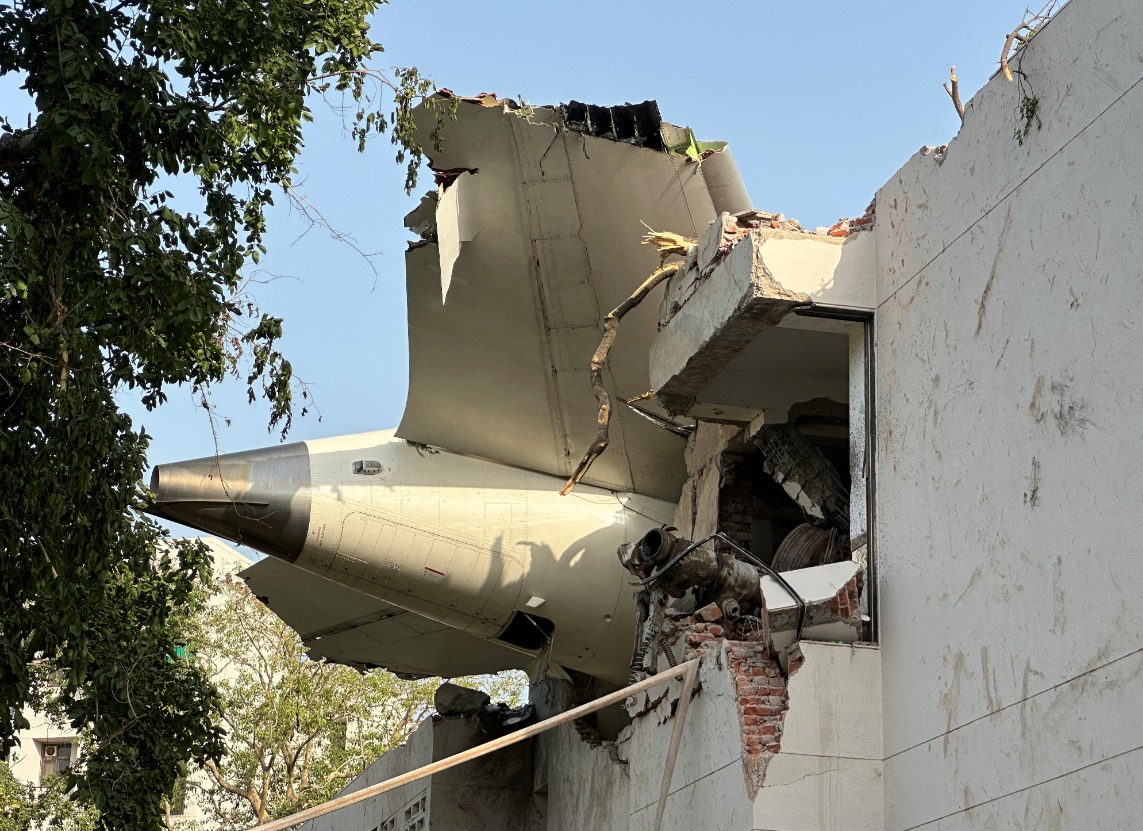
Former British Airways pilot Alastair Rosenschein noted that without proper flap deployment, the aircraft would not have been able to climb effectively, potentially explaining the rapid loss of altitude. He also speculated that a hydraulic issue could have prevented the landing gear from retracting, though he emphasized that these are early observations based on limited video evidence.
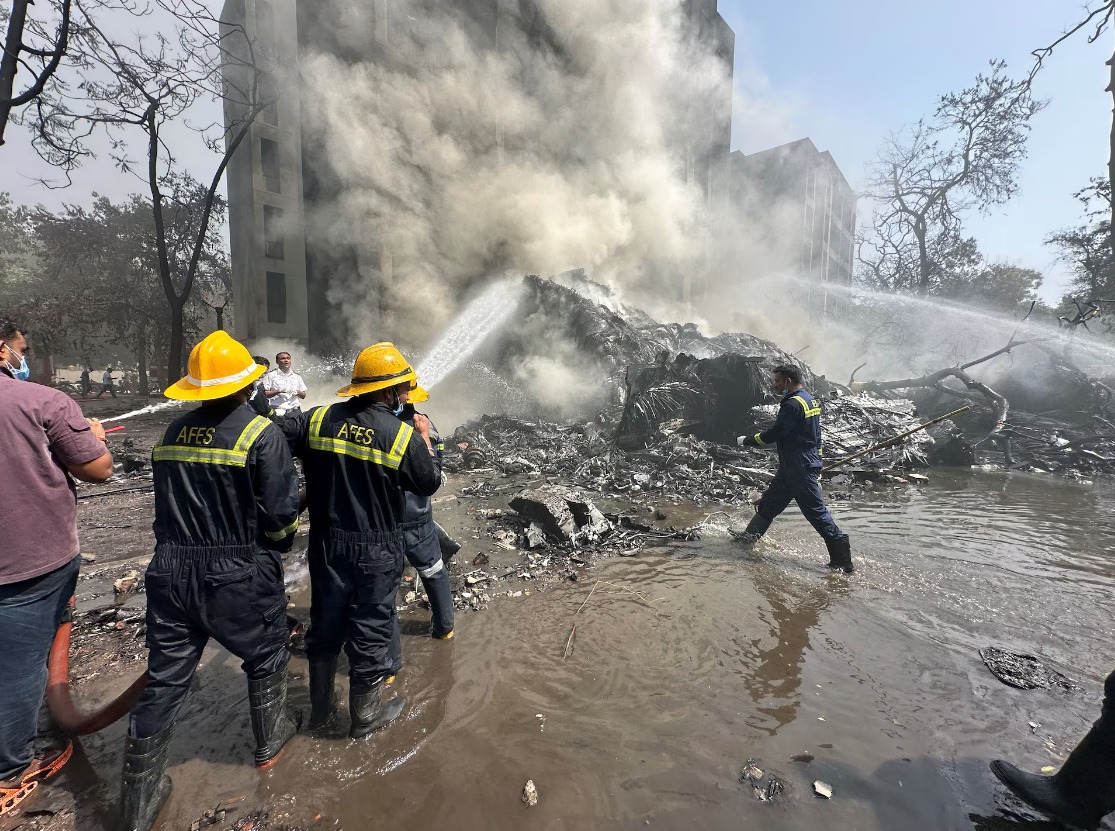
The cockpit crew issued a Mayday distress call shortly after departure, indicating severe trouble almost immediately after becoming airborne. Experts believe the pilots may have been attempting to pull the aircraft’s nose up to regain lift, but with insufficient engine thrust and possibly compromised aerodynamic configuration, the plane continued to lose altitude.

The maximum speed achieved was reported to be just 174 knots—well below what would be expected—suggesting the engines were not delivering adequate power.
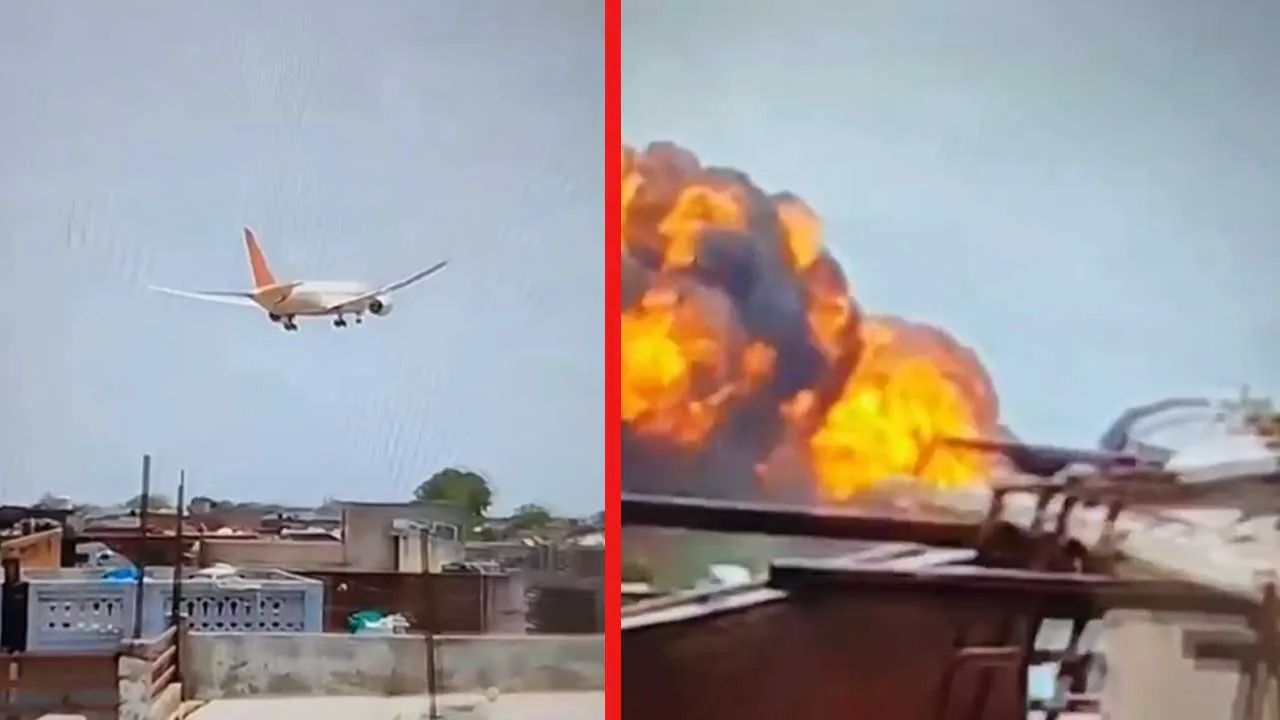
While the exact cause remains undetermined, several possible scenarios are under consideration. These include a major technical failure such as engine malfunction or fuel starvation, multiple bird strikes, or a critical hydraulic issue affecting the landing gear and flaps. Some analysts have also raised the possibility of a double engine failure, which, while rare, could explain the rapid loss of lift and descent.

Despite speculation, experts stress that only data from the aircraft’s black boxes—the flight data recorder and cockpit voice recorder—will provide definitive answers, as they contain vital information on the aircraft’s configuration, engine performance, and cockpit communications in the final moments.

Authorities, including India’s Aircraft Accident Investigation Bureau and international agencies, are prioritizing the recovery and analysis of these recorders, with preliminary findings expected in the coming days.
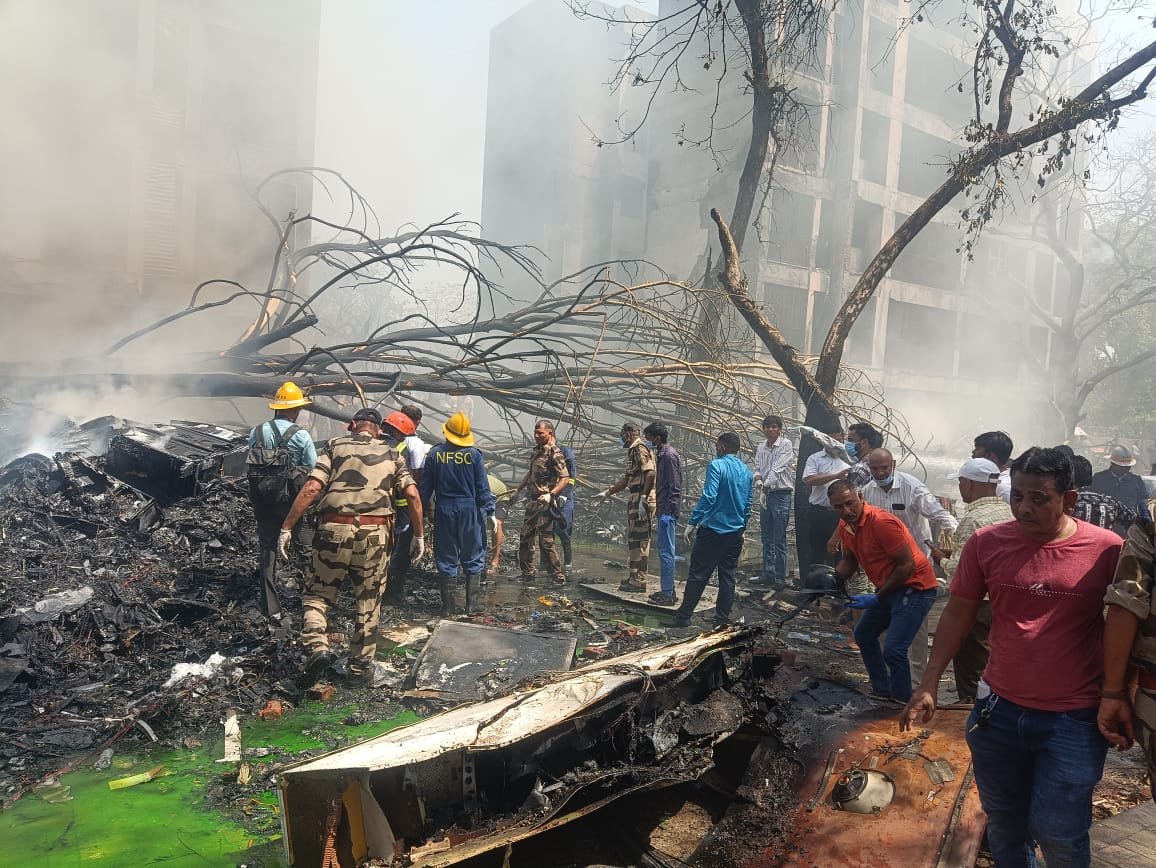
In the meantime, the aviation community and the public await clarity on what led to this unprecedented tragedy involving a model with an otherwise impeccable safety record














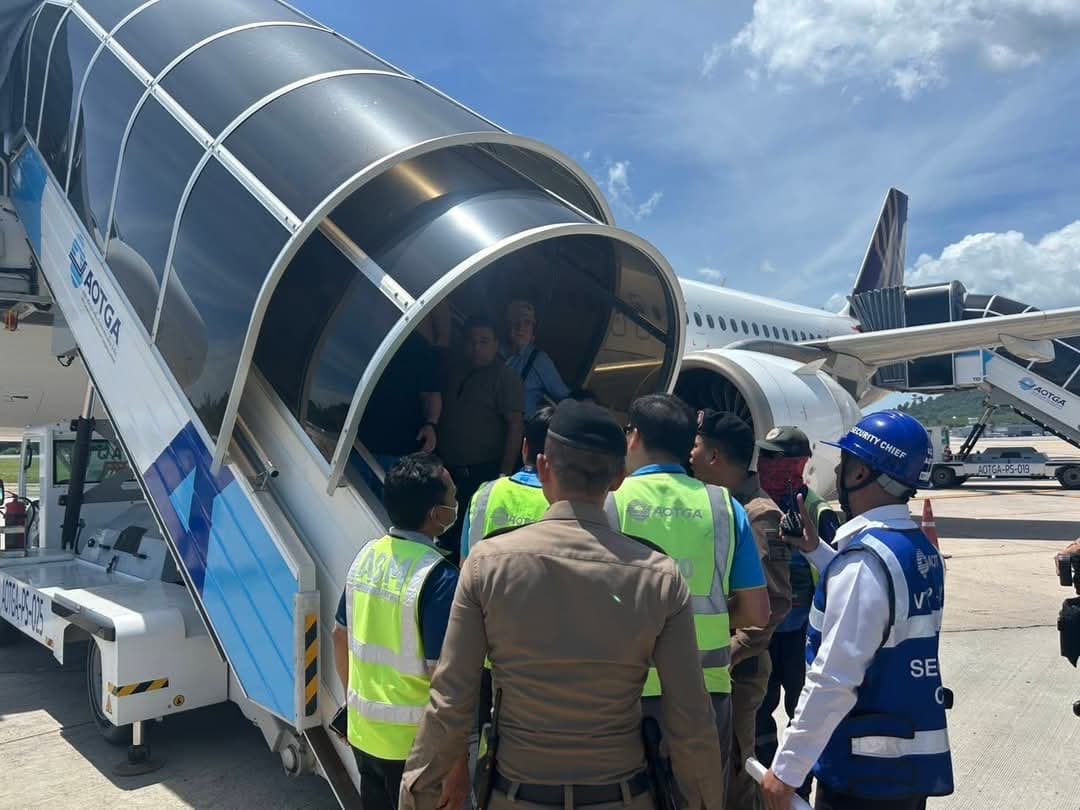
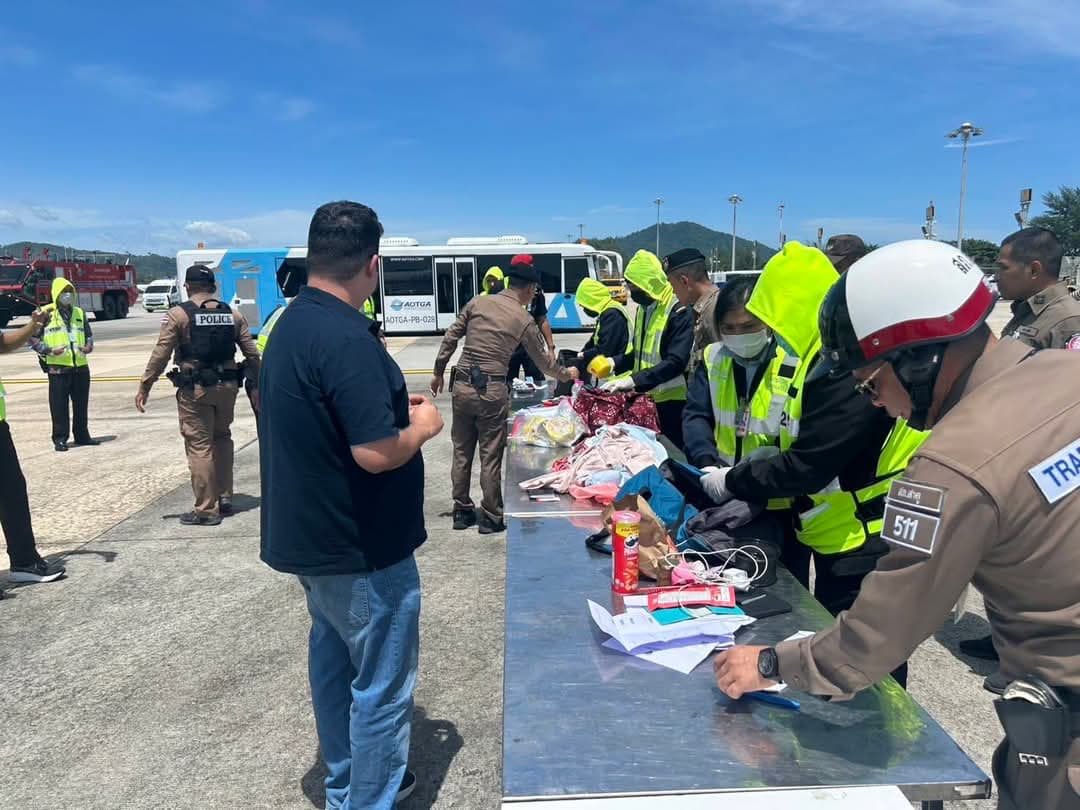










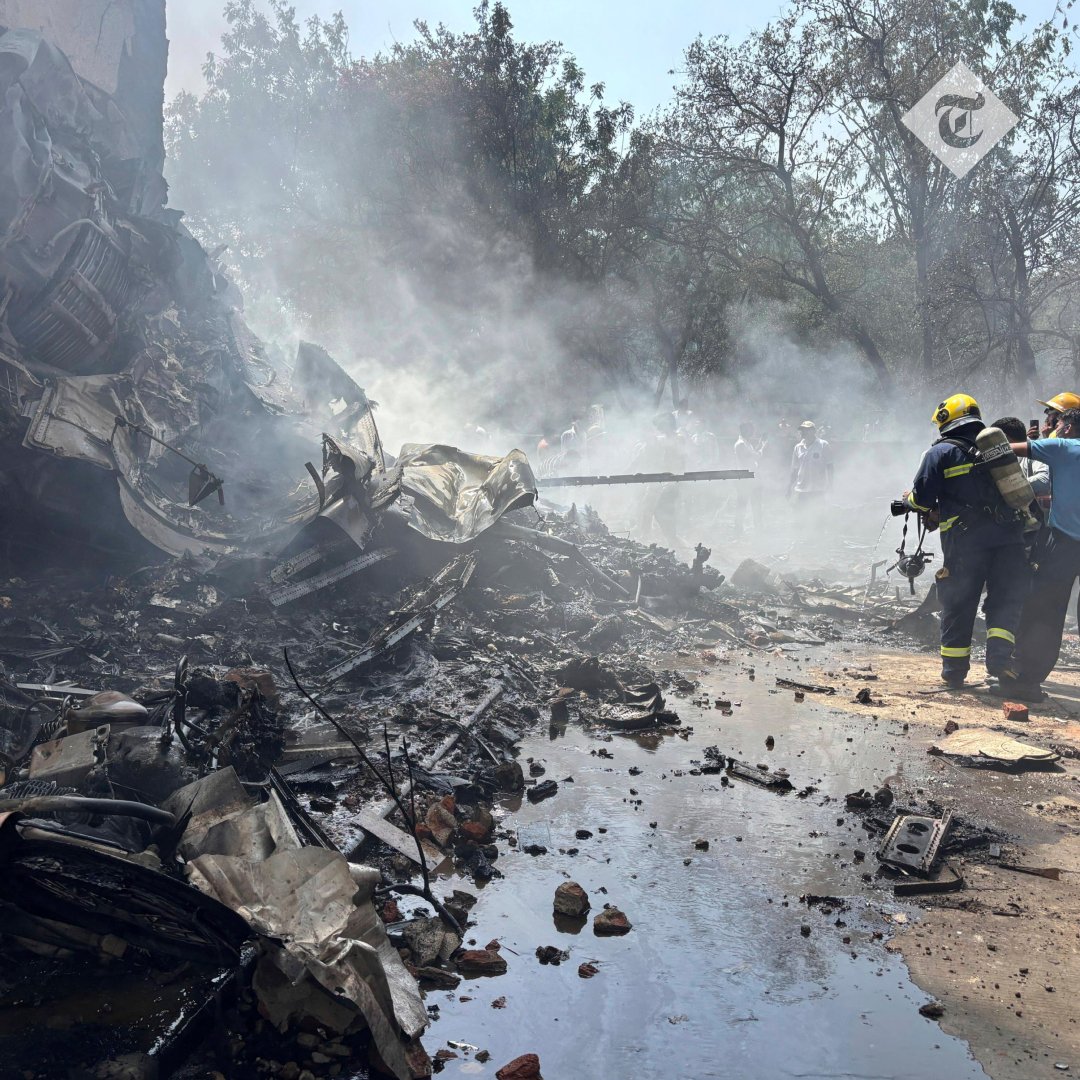
.jpg)









